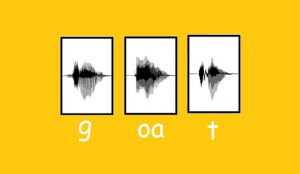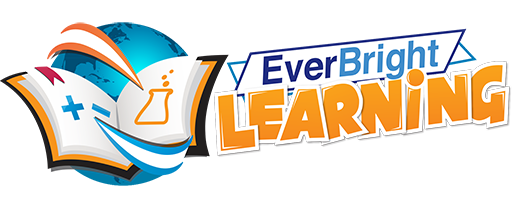
Teaching your child to read is one of the joys of home schooling – watching them discover the magic in letters, the stories that unfold and the sense of accomplishment as they read words and sentences.
Traditionally, the way children learn to read is by flash cards – stringing the letters together to create words. Children learn the shape of words and therefore recognize them, knowing that cat means one type of pet and dog means another.
While this method often works, it doesn’t give children the tools to decipher more complicated words. It relies on memory, but there is a limit to how many words a child can remember. When you consider that there are over 595,000 words, that’s a big task.
How children are learning to decode words
There is another way. It’s being used in some schools and seeing dramatic results. Children learn the ‘letter sounds’ and then use these to sound out words.
Phonics, the name for this ‘learn to read’ method, asks the children to learn the 26 letters of the alphabet, the 44 sounds those letters represent, and the 70 common ways to spell them. Once children have learned these, they can read any word.
That’s a lot easier than learning 595,000 words, isn’t it?

Reading ages are boosted by 28 months
Studies show since phonics has been introduced that children’s reading ages advance by 28 months by the time they reach 7 years old. Encouragingly, boys respond incredibly well to this method with a significant number now reading better than girls.
Sadly however, where the “whole word” reading methods are being used, literacy rates are falling. According to the Nation’s Report Card and the National Reading Panel, only 32% of 4th grade students and 31% of 8th grade students read at grade level.
Simply put, the “whole word” reading methods used to teach children to read are failing.
Using phonics lets your child decode words and – we’re sure you’ll agree – hearing your child read a word they’ve never seen before is magical.
The simplicity of learning phonics also helps children who struggle to read. Asking them to remember letter sounds rather than memorize words is much easier for them to do and use.
There are some great phonics programs out there for you to use and the National Right to Read has a comprehensive list (www.nrrf.org). Even if you’ve been using other methods, have a look at phonics and incorporate it into your reading program.
However, some children cannot hear the individual sounds in words, and will find it hard to learn to read with phonics. These children will need Phonological Awareness training to help them ‘hear’ these sounds before they start a phonics program. If you’ve tried a phonics reading method and your child has found it very difficult, try a phonological awareness program first or in conjunction with a phonics program. Once they have this skill, reading becomes simpler and easier.

